It is important to understand IFRA guidelines for essential oil use in soap and how these guidelines affect how much of certain essential oils you can use in your soap. Essential oils are typically added to soap at a rate of .5-1 oz. per pound of oils (or 30-60 grams), but for certain essential oils, such as cinnamon or clove, this usage rate is higher than the recommend usage amount per IFRA.
What is IFRA? The International Fragrance Association (IFRA) is an organization that publishes a set of standards for fragrance & essential oil material use in body-care products. Its main purpose is to ensure the safety of fragrance materials through a dedicated science program. Using their standards is suggested but not required.
Perfumers, body-care manufacturers and yes, soap makers, refer to them to see how much of certain fragrance/essential oil materials can be added to their products. I’m going to be talking about how to refer to IFRA to find out how much of certain essential oils can be added to your handmade soap.
This can be a confusing topic and I’m certainly no expert. If you have any thoughts, please leave a comment. This post will probably change as I educate myself more on the topic.
A Few Notes About IFRA.ORG
- The website is http://www.ifraorg.org/
- The website has a learning curve. It is not easy to use.
- There is a search box in the Standards Library that you can use.
- Individual essential oils are not listed; components of essential oils are listed. You have to know the components of your essential oils to use the database.
How to Use the IFRA Database
To research the components of a certain essential oil you’ll need the Certificate of Analysis for the essential oil that you are wanting to use. One company that provides those without asking is New Directions Aromatics. (Yay, thanks NDA!) Check out their Cinnamon Leaf essential oil and click on the tab that says MSDS and COA documents.
MSDS is the materials safety data sheet. The COA is what we’re needing. It gives the makeup and analysis of the oil. Click on the C of A and download the PDF. Open it up and take a look. We need to know the components so that we can look up the usage guidelines in the IFRA database.
NOTE: The same essential oil can vary from batch to batch. One cinnamon leaf eo might contain 86% eugenol and one might contain 78%. Don’t stress about this. But if you are using essential oils that can be highly irritating, such as clove and cinnamon, I recommend going by the higher % amount.
There are a couple of documents in this download pertaining to different lot numbers. Find the lot number for the product that you purchased. Because they move on to different lots and upload new documents, download this version. This way we are looking at the same document.
In it, it states that this cinnamon leaf essential oil contains 86% Eugenol. Eugenol is what we want to find the usage guidelines for in the IFRA database. You can do a search and you will end up here. Click on Eugenol. Soap is under Category 9. The recommended usage rate for Eugenol is 0.5%. It is important to note that the recommended rate is for Eugenol and not for Cinnamon Leaf Essential Oil as a whole.
This is where the math gets a little squirrely. Drink a cup of coffee and let’s do some math.
For a batch of 45.5 oz. of soap we can only have .2275 oz. of Eugenol.
.2275 oz. would be equal to 86% of our total essential oil (X). We need to find out how much total cinnamon essential oil (X) we can use.
The formula to use is:
(amount known / percentage) * 100
So for the above:
(.2275 / 86) * 100 = .2645
.2645 oz. is the total amount of cinnamon leaf essential oil that we can use in a 45.5 oz. soap recipe.
To check our math, .2645 x 86% = .2275 (Eugenol)
We could use a total of .2645 oz. or about 7.5 grams of cinnamon leaf essential oil in a recipe with 45.5 oz.
I know that is not enough essential oil to fragrance my soap so I will blend the cinnamon with something else, like lavender and orange, to get a total of 1-2 oz. depending on how strong I want the soap. So my blend will look something like:
- Cinnamon Leaf Essential Oil – .2 oz.
- Orange Essential Oil – .8 oz.
Gah! That can get a bit complicated.
Check to see if your supplier gives IFRA usage rates.
To make it easy, some suppliers provide usage guidelines according to IFRA. With that said, it is always nice to double check your suppliers, especially when we are manufacturing to sell. But it can give you an idea of where to start.
Check out this Litsea Cubeba essential oil on Wholesale Supplies Plus website. You can see by reading their usage guidelines, you can use up to 5% in soap.
My standard soap recipe is about 32 oz. oils + 4.5 oz. lye + 9 oz. water. This totals 45.5 oz.
We can use up to 5% Litsea Cubeba in our soap. That would equal 2.275 oz. (45.5 x .05 = 2.275)
I use .5-1 oz. per pound of oils when working with essential oils. The recipe above is 2 pounds so I would use 1-2 oz. of Litsea Cubeba essential oil depending on how strongly I wanted it scented. This would fall within the limit of IFRA’s recommended max use of litsea in soap.
Let’s look at another essential oil. Cinnamon essential oil.
According to Wholesale Supplies Plus we can only use 0.5% of Cinnamon Leaf EO in our soap. For my recipe totaling 45.5 oz. this would mean that we can only use .2275 oz. (or about 6 grams).
Bramble Berry’s fragrance calc seems to allow for IFRA usage rates when entering essential oils.
Research Your Essential Oils
I highly recommend that you research the components of essential oils that you are using.
- Find out what is in it. What are the components?
- Are any of these components skin sensitizers?
- If so, check their usage rates in the IFRA database.
Isn’t There a Dang Chart Somewhere?
There are a few charts floating around, but I am always hesitant to recommend them.
- Standards change. The standards for certain components have changed in the past and might change in the near future as more research is done on essential oils and their usage. I wouldn’t want you to refer to a chart that has out-dated information and usage amounts.
- The same essential oil can have a range of the same component. So if the chart lists a usage rate for cinnamon leaf essential oil, it might not be right for your cinnamon leaf essential oil that might contain more or less of certain components (such as eugenol).
- Essential oils can be dangerous if not used properly. I personally feel that if you are too lazy to research essential oils, then you shouldn’t use them. To me they are in the same category as drugs and can really affect someone negatively if not used correctly. Please take the time to research the essential oils that you use.
Further Reading on LovinSoap.com
- Essential Oil Blends for Handcrafted Soap by Benjamin Aaron
- Lovin Soap Studio Recipe Book + 64 Essential Oil Blends by Amanda Gail
- Top 10 Essential Oils for Soapmaking
- Essential Oils for Soapmaking – My Sources
- Essential Oil Blends for Soap
Happy Soaping!
-Amanda Gail
p.s. Do you enjoy my articles? Pledge to be a patron of LovinSoap.com on Patreon. Check out our cool rewards! Thank you!

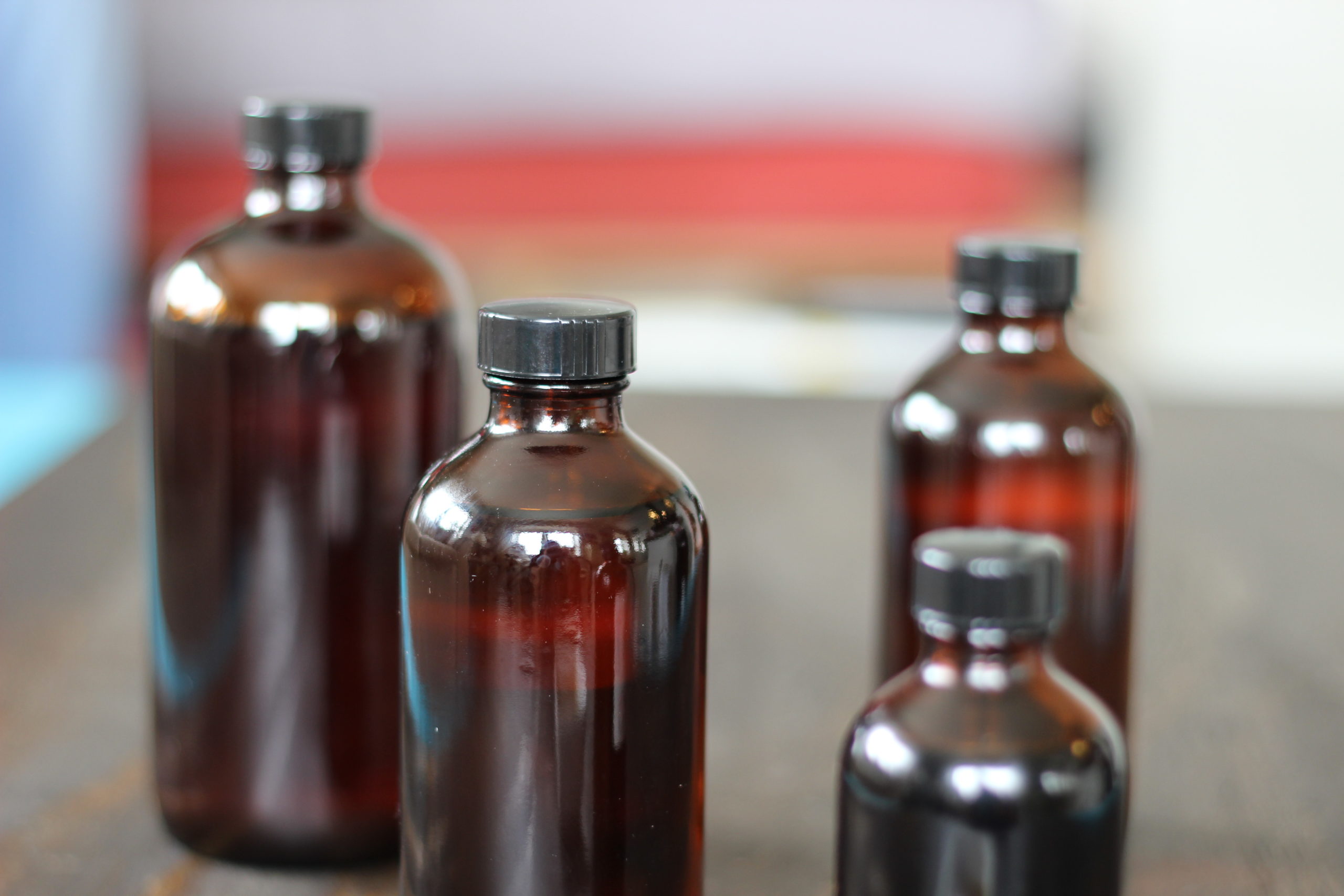
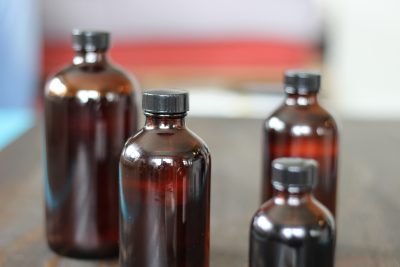
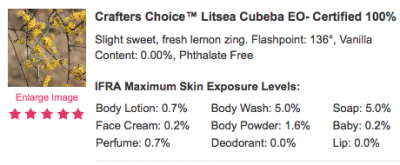
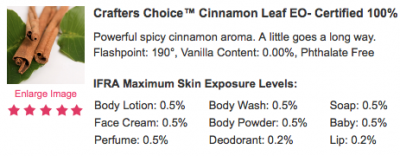
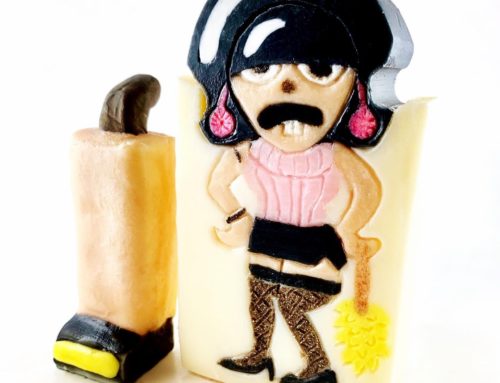
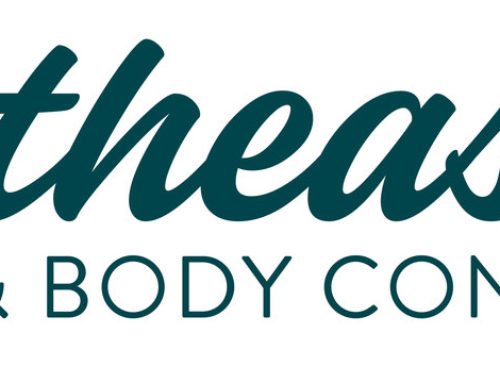



Hi Amanda,
I am familiar with eugenol but never made soap before.
You said, “The recommended usage rate for Eugenol is 0.5%.”
Is that written correct? What is that reference to, by weight of soap?
I follow everything else but thought this might have been intended to read .05% Eugenol.
Excellent Amanda!! Yes I was having difficulty navigating IFRA, in part because I didn’t see the “Categories” listed and had to Google that and it appears insect repellent is classified with baby appliances, as category 7, which surely has some range of discrepancy. I noticed via one google search that category 7 has an a. and a b. subcategory but didn’t see this in IFRA’s “Standards Library”.
My question is, I wasn’t able to find Methyl Salicylate (wintergreen oil) in IFRA’s directory. I haven’t yet gone through all the “synonyms” but I’m afraid it’s not their. Might you know something around this?
Your information was extremely helpful and confirmatory, I see this was over 3 years ago since posting but would be great to learn of some info around Wintergreen oil from IFRA or any other leading organization.
Thank you for your help!! 🙂
Hi, you state that Eugenol is what you need to look up in the INFRA tables for Cinnamon Leaf – what if you are looking up Bergamot in INFRA, it doesn’t have Eugenol, but has other components – how do you know which component of any particular EO you should base your calculations on?
Also, in your example you say you use 45.5oz of soap and use that in your calculations, but in the first part of the article you say to use essential oils based on a percentage of oils and not total weight of the soap – so are the INFRA guidelines based on total soap weight instead of pounds of oil?
Thanks
Hi Amanda
I thought when they tell you to use say 5% FO it is calculated on the oil volume not the oil and lye water volume. I have been doing % of oils only.,is this incorrect ?
Regards Debbie
I am a newbie soap maker. I must say I am having difficulty using the IFRA . Any help would be appreciated. I am trying to look up the components in thyme red. They are Thymol, P-cymene, Gama turpemine, carvaerol. When I type thymol in search nothing comes up? Is it not there or do I not know what I am doing?
Thank you so much for this, Amanda! I have only recently begun using EOs and finding the usage rates has been a nightmare. This really helps to understand where the numbers come from.
I’m glad this might help a bit! Good luck on your journey! 🙂
Thanks for this – very useful
You are welcome, Odette!
Seems very complicated. This could be a good idea for an app.
I think learning this is part of being a good formulator. It can be a bit complicated…but totally doable. It is so important to understand what you are using in your products, what the safe amounts are and how your product can affect others.